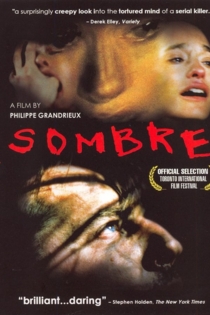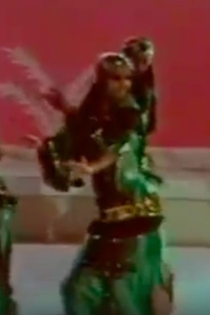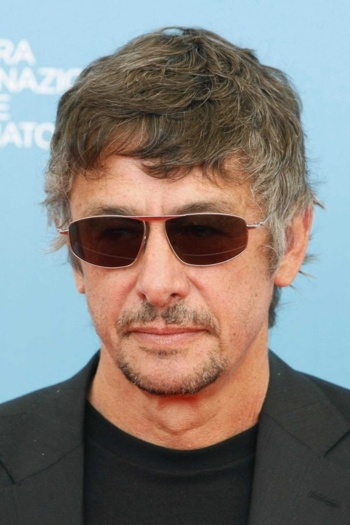
Philippe Grandrieux
1954 (70 лет)His uncompromised vision of Art, leads him to push the boundaries of the cinematographic fields he is working on. Following the work of Teinosuke Kinugasa, Jean Epstein and Pier Paolo Pasolini who were constantly looking for and inventing new narrative forms that would only fit films, Grandrieux’s films, deriving from horror movies and experimental movies, give the viewer intense sensorial experiences. His goal is to make the viewer psychologically involved in his movies. Its films actually express a whole world of energies based on sensations and affects despite a linear narration and an iconography that relies on archetypes that refer to the archaic images of the fairy tale and the legend.
Il se peut que la beauté ait renforcé notre résolution - Masao Adachi
Philippe Grandrieux
Masao Adachi, Naruhiko Onozawa
The first in a planned series of films about radical filmmakers by film critic Nicole Brenez and filmmaker Philippe Grandrieux, It May Be That Beauty Has Strengthened Our Resolve is a portrait of Masao Adachi, who emerged during the Japanese New Wave of the 1960s as a screenwriter for Nagisa Oshima and Koji Wakamatsu, and directed a series of avant-garde films that grafted radical politics to the sexploitation genre. A 1971 visit to a Popular Front for the Liberation of Palestine (PFLP) training camp while on the way back from Cannes resulted in Adachi's most infamous film, the agit-prop documentary Red Army/PFLP: Declaration of World War, which he co-directed with Wakamatsu. Soon after, Adachi joined a splinter cell of the Japanese Red Army in Lebanon, where he stayed from 1974 until he was deported to Japan in 1997 to serve time for passport violations.
It May Be That Beauty Has Strengthened Our Resolve - Masao Adachi

Meurtrière
Philippe Grandrieux
Émilia Giudicelli, Vilma Pitrinaite
In the second part of the trilogy on anxiety (in continuation of White Epilepsy), the only light source that reflects on the screen is the naked human body. Its surface, full of bones and muscles, flexes and vibrates in a frantic rhythm. The livelier the reflection, the deeper a viewer feels his/her mortality, as he recognizes between the convulsions the forces he/she cannot control.
Murderess

Une génération
Philippe Grandrieux
A handheld video camera explores image-surfaces as a visual collective unconscious: a TV screen, Polaroids, photos. A conceptually and formally compelling film about the idea of change, the loss of a revolution, the defying memory of the 70s decade.
A Generation

Un Lac
Philippe Grandrieux
Dmitriy Kubasov, Natálie Řehořová
The action unfolds in a country about which we know nothing, a land of snow and forests, somewhere in the North. A family lives in an isolated house near a lake. Alexi, a young, pure-hearted man, is a woodcutter. Occasionally suffering from epileptic seizures and overcome by an ecstatic state, he is one with the nature around him. Alexi is very close to his younger sister, Hege. Their blind mother, father, and younger brother, silently observe this uncontrollable love. One day a stranger arrives, a young man slightly older than Alexi.
A Lake

Liminal
Philippe Grandrieux, Óscar Enríquez
A FICUNAM commission for four directors, Liminal seeks to play with poetic affinities between film and music. Moving across aesthetic and generational differences, the film-makers explore this relationship through four distinct stories as to context and imaginary.
Liminal

White Epilepsy
Philippe Grandrieux
Hélène Rocheteau, Jean-Nicolas Dafflon
Where do images come from? This disturbing and essential question is posed by Philippe Grandrieux, and he already imposed it on himself the start, via Sombre (1999) up to the portrait recently devoted to Masao Adachi (FID 2011). From where, then? Maybe from the depths behind our eyes, ungraspable visions, night in suspension, promise of the end of an eclipse, between dream and nightmare. This is the start (and in truth the programme) of White Epilepsy. In a darkness barely broken by light, a mass advances: a nude back, in a long shot entirely centred on the shoulders.
White Epilepsy
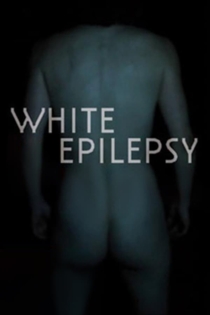
Unrest
Philippe Grandrieux
Nathalie Remadi, Lilas Nagoya
Unrest is the third movement of a triptych by Philippe Grandrieux whose common thread is anxiety. A body as a return from the depths of time, an archaic body that we do not know and which nevertheless continues to project in us its shadow, its anxiety.
Unrest

Malgré la nuit
Philippe Grandrieux
Ariane Labed, Kristian Marr
We enter the film like into a dream. Paris. Lenz looks for Madeleine who has mysteriously disappeared. He encounters Hélène, a young woman bewitched by her self-destructive impulses. A crazy love develops between them. Louis and Léna, devoured by their jealousy, lead Lenz to follow, against his better wishes, Hélène into the subterranean world of a dark sexual exploitation network. Although lost, lost from the first, love is what saves us.
Despite the Night
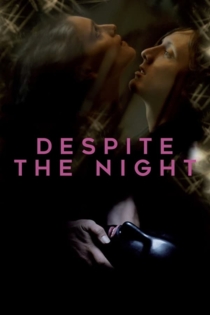
La peinture cubiste
Thierry Kuntzel, Philippe Grandrieux
Commissioned for the French television series Regards Entendus, La peinture cubiste is a multilayered, elusive investigation of the perception of reality and representation through cinema, painting and video. Unfolding as an evocative, implied fictional narrative, this work was suggested by a Jean Paulhan text in which a man experiences and perceives everyday life as though in the multifaceted space of a Cubist painting. Alternating between film and video, Kuntzel and Grandrieux explore physical and psychical perception, constructing an analogy between the way video transforms conventional filmic representation and the way Cubism fractured the perspectival codes of classical pictorial space. Shifting between abstraction and materiality, the real and the imaginary, this work suggests passages between painting, cinema and video.
The Cubist Painting


